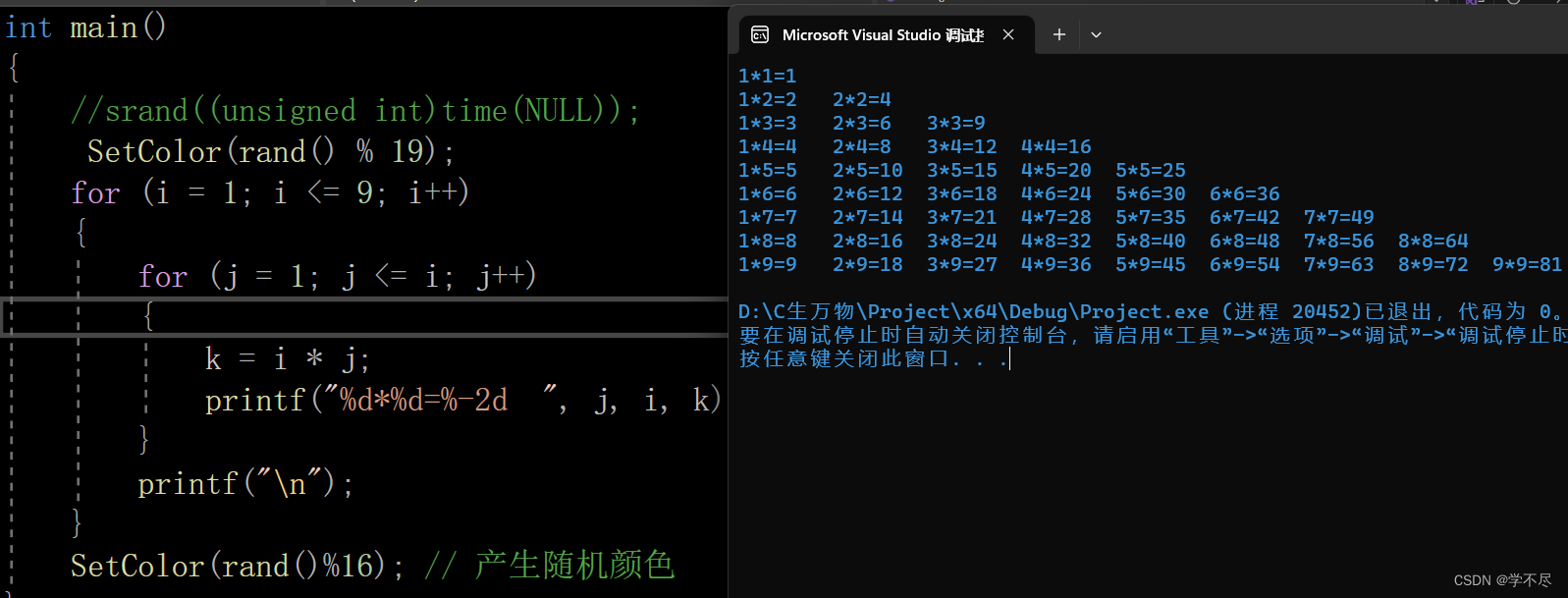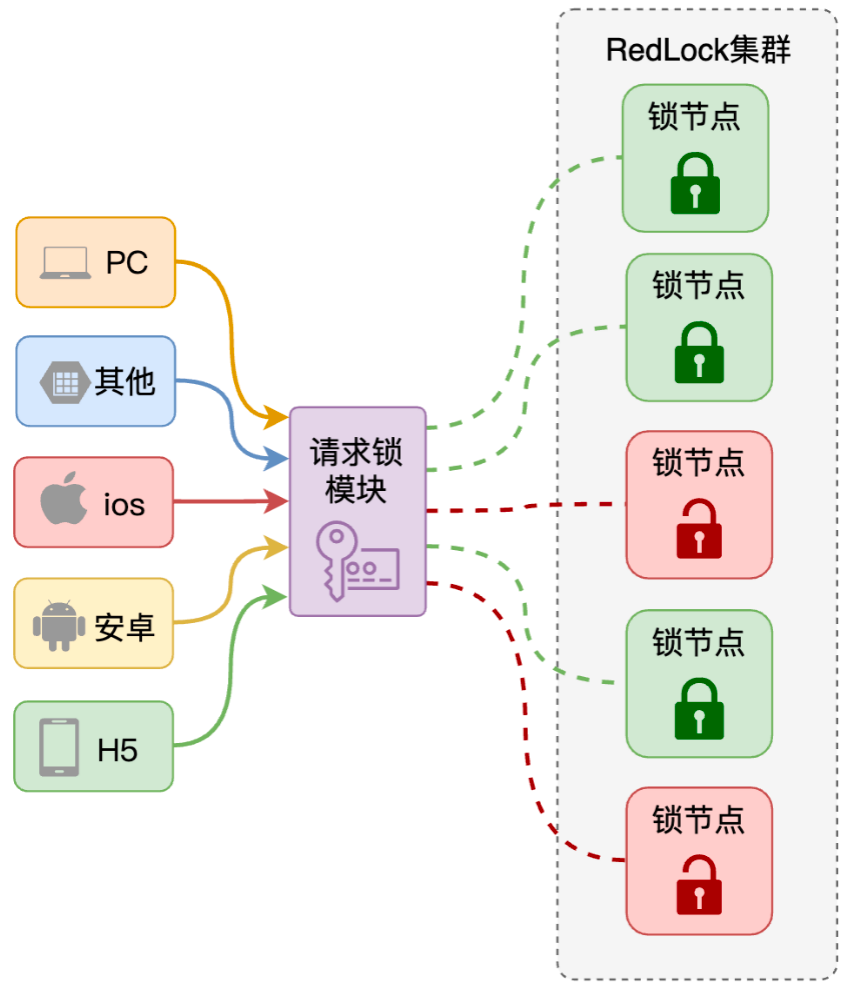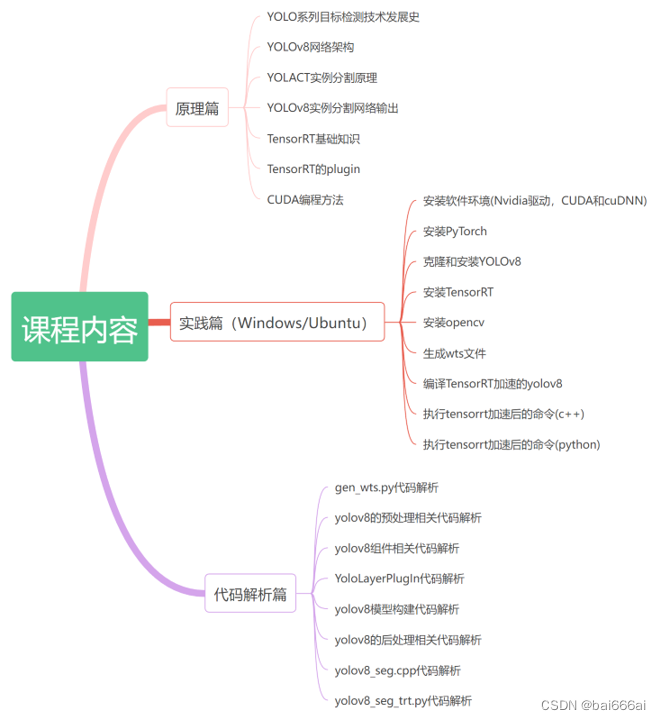Canvas and SVG have different strengths and are suited for different usage scenarios. Here are some common scenarios where each technology is commonly used:
Canvas Usage Scenarios:
Real-time graphics: Canvas is well-suited for creating real-time graphics and animations, such as interactive games, data visualizations, and simulations. Its pixel-level control allows for dynamic rendering and manipulation of individual pixels, making it ideal for complex and interactive scenes.
Image editing and manipulation: Canvas provides a powerful platform for image editing and manipulation. It allows you to apply filters, transformations, and pixel-level modifications to images, making it useful for applications like photo editing tools and image processing algorithms.
Data visualization: Canvas is often used for creating data visualizations, such as charts, graphs, and dashboards. Its ability to render large datasets efficiently and handle real-time updates makes it a popular choice for visualizing complex data.
Game development: Canvas is widely used in game development due to its ability to handle real-time rendering, animations, and user interactions. It provides a low-level graphics API that allows developers to create immersive and interactive gaming experiences.
SVG Usage Scenarios:
Scalable graphics: SVG is ideal for creating scalable graphics, such as icons, logos, illustrations, and vector-based artwork. As SVG graphics are defined using mathematical equations, they can be scaled up or down without losing quality, making them suitable for various screen sizes and resolutions.
Static or semi-static graphics: SVG is commonly used for static or semi-static graphics that don’t require real-time updates or complex animations. It is well-suited for creating visually rich and interactive user interfaces, infographics, and diagrams.
Accessible graphics: SVG has better accessibility support compared to Canvas. It allows for easy labeling, styling, and interaction with assistive technologies, making it a preferred choice for creating accessible graphics and interfaces.
Print and document generation: SVG is often used for generating printable documents, such as PDFs or high-resolution images. Its vector-based nature ensures that the graphics retain their quality when printed or exported to different formats.
It’s important to consider the specific requirements of your project when choosing between Canvas and SVG. If you need real-time rendering, pixel-level control, or complex animations, Canvas may be the better choice. If scalability, interactivity, or accessibility are important, SVG is a more suitable option. In some cases, a combination of both technologies may be used to leverage their respective strengths.




















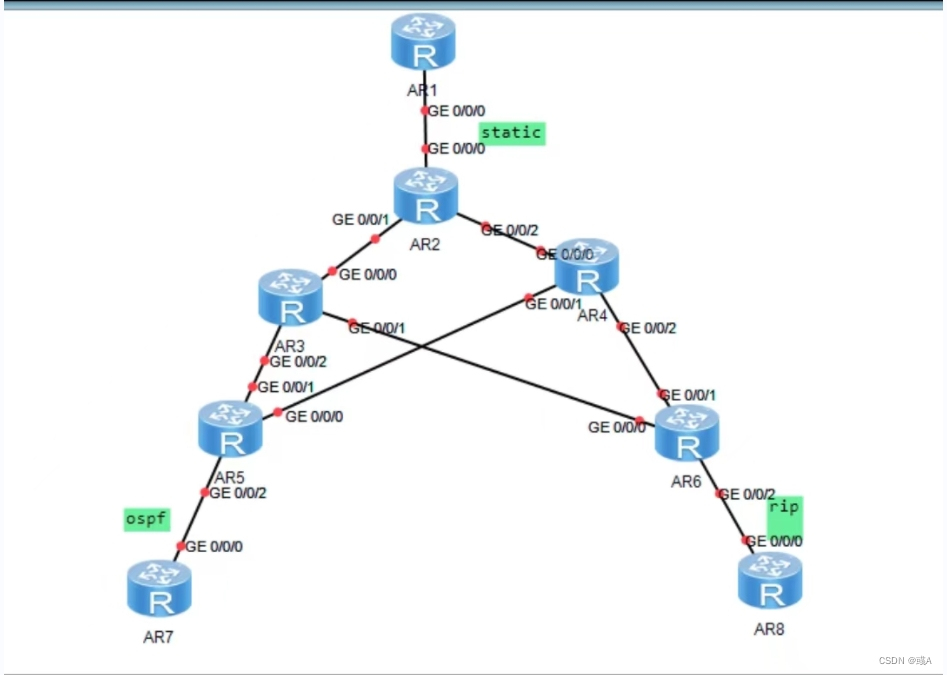
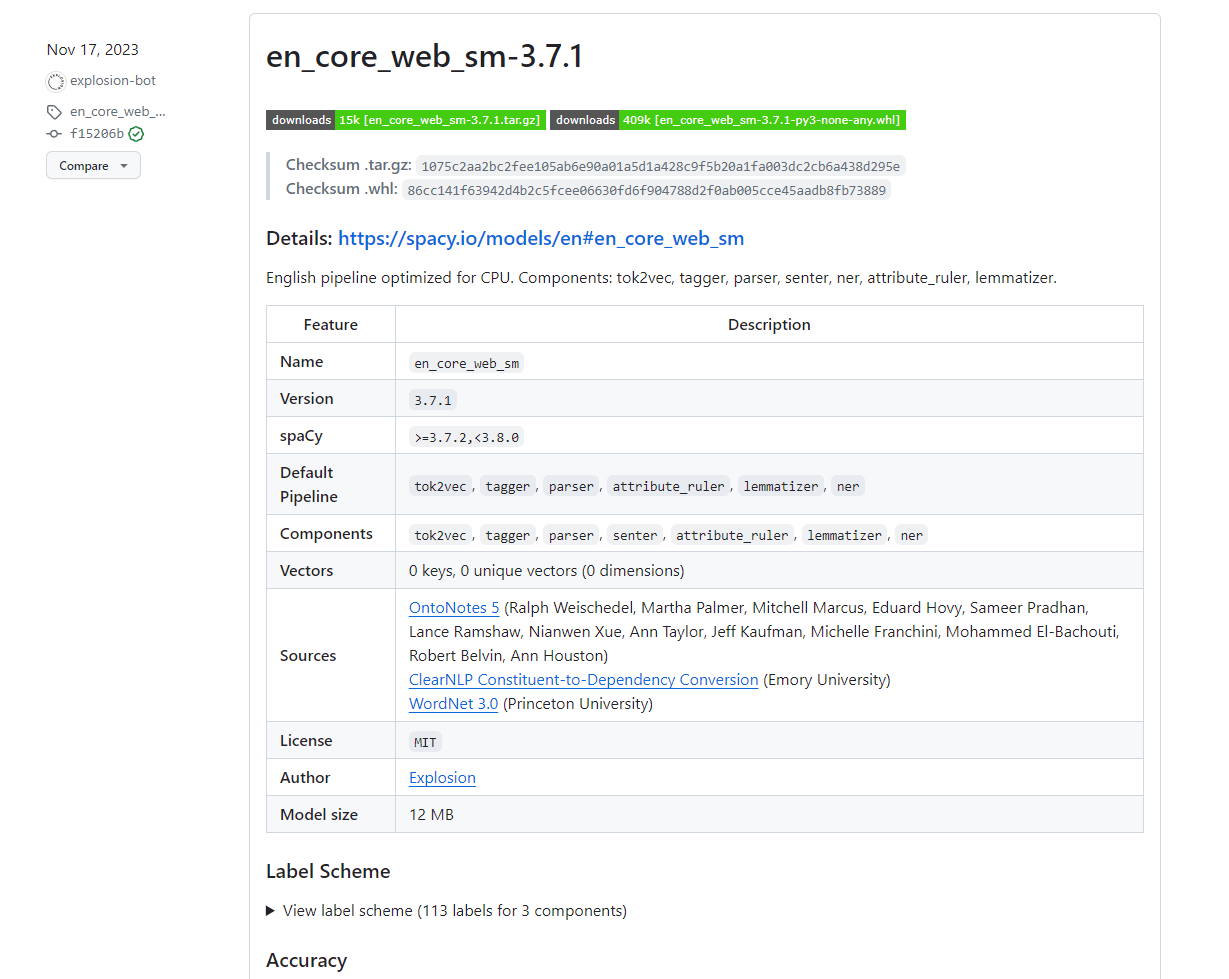
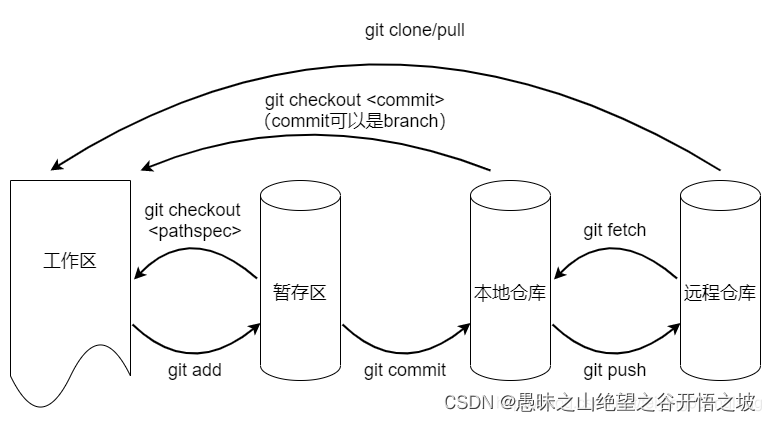
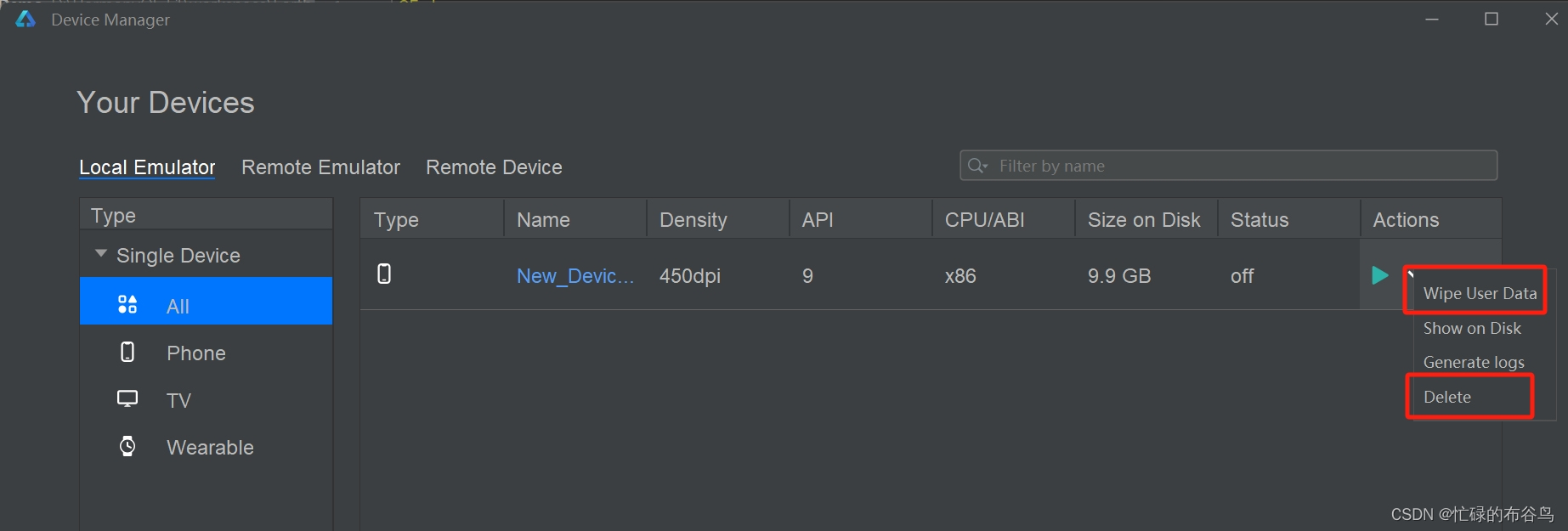

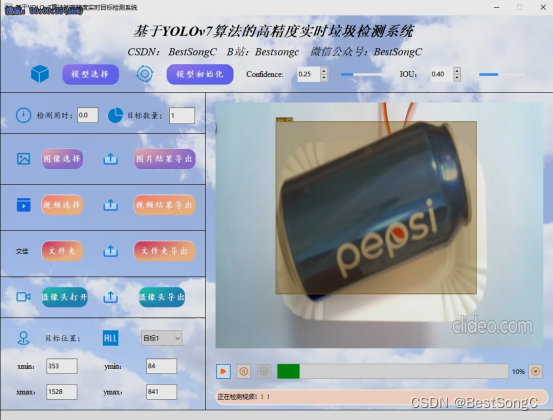

![[GN] 设计模式——面向对象设计原则概述](https://img-blog.csdnimg.cn/direct/7b2a0ad93cf942dcbfd5a102af4528eb.png)


